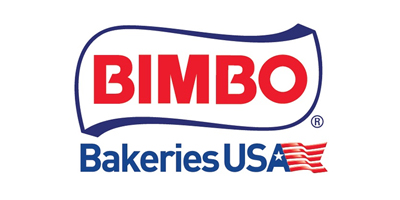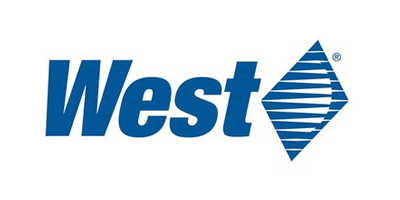
full-service Systems Integrator of Process Control Systems
To suit your specific business needs
More Informationproven software development methodology
Providing a significant advantage over conventional system development approaches
View More
Previous slide
Next slide
Food & Beverage
Reduce cost & improve quality
EZSoft has extensive experience in implementing systems for the food and beverage industry.
View details
Life Sciences
Achieve your goals while meeting regulatory compliance demands
EZSoft has extensive experience in implementing systems for the life sciences industry.
View details
Specialty Chemical
Control and optimize your manufacturing processes
EZSoft has extensive experience in implementing systems for the speciality chemical industry.
View details
STANDARDS
ControlBuilder software, developed In-house, based on decades of system knowledge.
TEAMWORK
HIGH employee satisfaction and retention. Many of our employees have been with us since the beginning.
FULFILLMENT
Cutting edge project management, execution, and collaboration toolsets.
FUN
We ENJOY solving your problems using all the skill sets that we have developed over the years.
Our reliable partners
ACCOUNT RELATIONSHIP MANAGEMENT
We build teams for onsite day to day, and large project execution, the team is built and maintained for that customer for business continuity.
Why choose us
EZSoft is a prominent full-service Systems Integrator of Process Control Systems, Manufacturing Execution Systems (MES), and IT/Reporting Services with clients in the Life Sciences, Food & Beverage, Chemical and Metal Manufacturing markets.
Meet the Team

Franc Marmero
Director, Manufacturing Automation

Brian DeKorte
Director, Manufacturing Intelligence

Louis Trinh
Director, Special Projects

Frederick K. Dollinger, PE
Director of Sales

Rick Brill
Director of Operations
We provide Computer Systems Validation Services with a comprehensive knowledge of Industrial Batch Controls
EZSoft is a leading provider of Information and Control Systems for the process industries.

Food & Beverage
We have helped clients to reduce cost by increasing throughput and improving quality.

Life Sciences
Implemented batching solutions for liquids, solids, creams and ointments including manufacturing execution systems (MES) for lot traceability, genealogy and operational performance.

Speciality Chemical
Assisted clients in the chemical, coating and ink sectors with solutions for hazardous and water based applications.

Consumer Products
Aided clients in the consumer products industry by implementing controls on packaging machinery, as well as data collection and monitoring.
Contact EZSoft, Inc
Who Trusts EZSoft, inc?
























